Poplar Cant Lumber
- September 22, 2023
- 0 comment
Poplar Cant Lumber stands out as a wood material prized for its unique qualities. Sourced from the poplar tree, this lumber is characterized by its pale color, which readily accepts a wide range of finishes, including paints and stains. This attribute opens up endless possibilities for customization, making it a favored choice for those who want to add a personal touch to their projects. Beyond its visual appeal, Poplar Cant Lumber possesses moderate hardness, which, coupled with its easy machinability, makes it a sought-after option for crafting intricate carvings, moldings, and other decorative elements. What sets it apart is its affordability; it offers an accessible option for those on a budget without compromising on quality. Whether you’re tackling a home improvement endeavor or creating finely crafted furniture, Poplar Cant Lumber offers a versatile and cost-effective solution that allows you to bring your creative vision to life.
Beyond its visual appeal, this wood type boasts a moderate hardness level, making it durable and sturdy. It is also remarkably easy to machine, which means that intricate carvings, moldings, and decorative elements can be crafted with precision. Woodworkers appreciate its workability, as it allows them to bring intricate designs to life without compromising on structural integrity.

Poplar Cant Lumber presents a clean, light cream to pale yellow color palette that provides a neutral canvas for creativity. What sets it apart is its remarkable ability to readily accept paints and stains, allowing woodworkers and designers to achieve their desired finish with ease. Whether you’re aiming for a classic, rustic look or a modern, sleek appearance, Poplar Cant Lumber can be transformed to suit your vision.
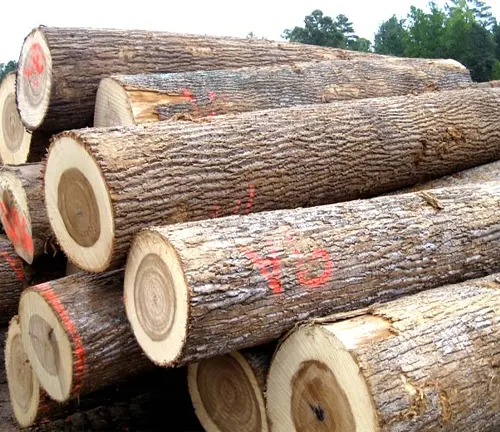
| Specifications | Description |
| Wood Type | Poplar (Populus) |
| Color | Light cream to pale yellow |
| Grain | Straight and fine |
| Texture | Uniform and smooth |
| Density | 26-34 pounds per cubic foot (light to medium density) |
| Moisture Content | Typically air-dried to a moisture content of 6-8% for stability. |
| Workability | Excellent; easy to cut, shape, and machine |
| Finishing | Accepts paints and stains exceptionally well |
| Durability | Moderately durable; suitable for interior use |
| Sustainability | Rapidly regenerating wood source |
| Availability | Abundant in North America and Europe |
| Cost-Efficiency | Cost-effective choice for projects where a balance between quality and budget is essential |
The Poplar Cant Lumber Basics
Poplar Cant Lumber is derived from the poplar tree (Populus), which is known for its rapid growth and wide distribution, particularly in North America and Europe. This lumber variety is marked by its light cream to pale yellow color, offering a neutral canvas for customization. Its straight, fine grain and smooth, uniform texture make it a favorite among woodworkers.
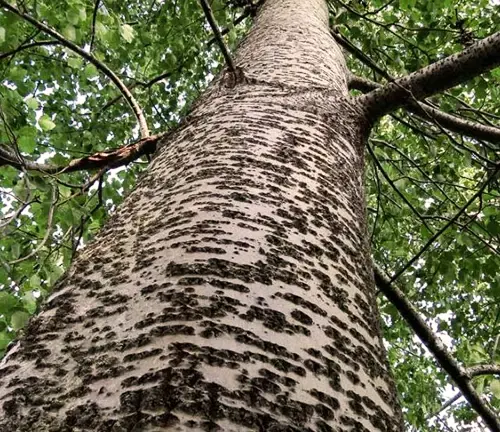
Color/Appearance
Poplar Cant Lumber boasts a light cream to pale yellow color, which makes it a blank canvas for customization. Its neutral hue readily accepts paints and stains, allowing you to achieve the desired finish for your projects. This adaptability in color makes it an excellent choice for those seeking a specific aesthetic in their woodworking or construction endeavors.
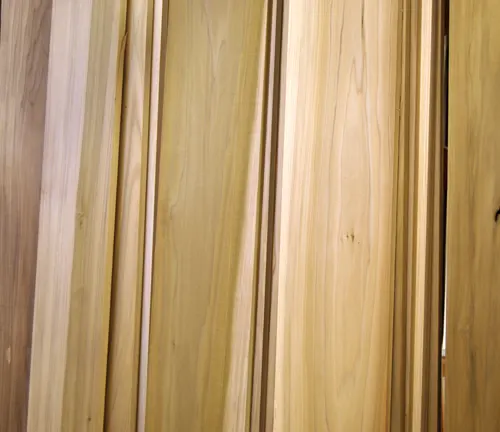
Grain/Texture
The grain of Poplar Cant Lumber is characterized by its straight and fine pattern. This fine grain, along with its uniform and smooth texture, makes it a favorite among woodworkers. It’s an ideal canvas for intricate detailing, carvings, and moldings. When you’re looking for wood that can bring your creative visions to life with precision, Poplar Cant Lumber is an excellent choice.
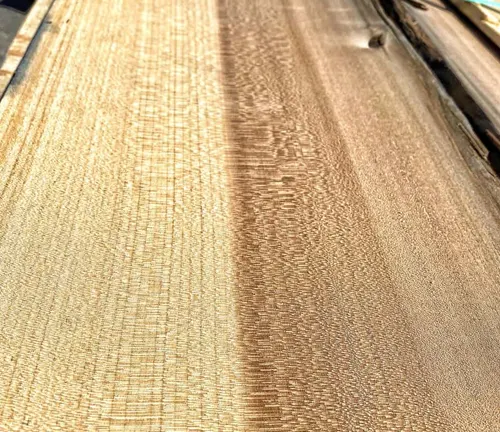
Rot Resistance
Poplar Cant Lumber is moderately durable but is primarily suited for interior use. While it’s not naturally resistant to rot and decay, it can be treated to enhance its resistance to pests and moisture. Proper finishing and maintenance are crucial if you intend to use Poplar Cant Lumber for outdoor applications.
Workability
One of the standout features of Poplar Cant Lumber is its exceptional workability. It’s easy to cut, shape, and machine, making it a preferred choice for woodworkers and builders. Whether you’re crafting furniture, cabinetry, or intricate carvings, this wood type responds well to your tools, allowing for precise and efficient work.
Allergies/Toxicity
Poplar Cant Lumber is generally considered safe to work with. It doesn’t have known allergens that could trigger allergic reactions in woodworkers or end-users. However, as with any wood, it’s advisable to wear appropriate safety gear and take standard precautions when working with Poplar Cant Lumber.
Pricing/Availability
Affordability is one of the key selling points of Poplar Cant Lumber. It strikes an excellent balance between cost and quality, making it accessible for a wide range of projects. Its availability is also noteworthy, especially in regions where poplar trees grow abundantly, such as North America and Europe.
Sustainability
Poplar Cant Lumber is considered environmentally responsible. Poplar trees are known for their rapid growth and regeneration, which ensures a sustainable supply of wood. Choosing Poplar Cant Lumber aligns with eco-conscious choices in woodworking and construction.
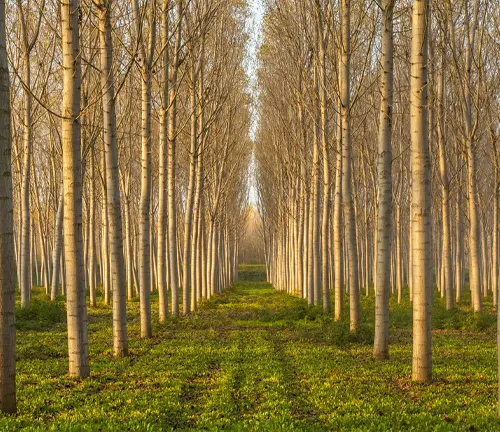
Common Uses
Poplar Cant Lumber is prized for its versatility in woodworking and construction. Common uses include crafting cabinetry, furniture, moldings, and trim due to its fine grain and ease of machining. It’s also ideal for intricate carvings and decorative elements. In structural applications, it’s used for framing and load-bearing components when appropriately sized. Its affordability makes it accessible for various projects, making it a top choice for both professionals and DIY enthusiasts.

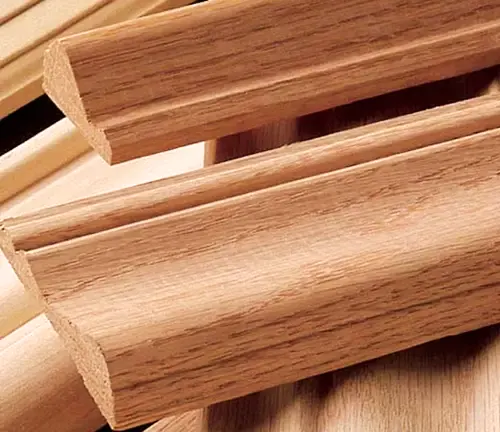
Frequently Asked Questions (FAQs)
- Is Poplar Cant Lumber suitable for outdoor projects?
Poplar Cant Lumber is primarily intended for interior use due to its limited resistance to rot and decay. However, it can be used outdoors with proper finishing and maintenance. - What makes Poplar Cant Lumber a sustainable choice?
Poplar trees are known for their rapid growth and quick regeneration, making them an environmentally responsible choice. When harvested responsibly, poplar lumber can contribute to sustainable woodworking practices. - Can Poplar Cant Lumber be stained to mimic the appearance of other wood species?
Yes, Poplar Cant Lumber is known for its ability to accept a wide range of finishes, including stains. This makes it possible to achieve a finish that mimics the appearance of more expensive wood species, providing a cost-effective alternative for certain projects. - Is Poplar Cant Lumber a good choice for intricate woodworking and fine detailing?
Absolutely. Its fine grain and smooth texture make it an excellent choice for detailed work, such as carvings, moldings, and decorative elements. Woodworkers often prefer it for its ease of handling in such applications. - How does the cost of Poplar Cant Lumber compare to other hardwoods?
Poplar Cant Lumber is known for its affordability compared to many other hardwoods. While it offers quality and workability, it is often priced lower, making it a popular choice for those who seek a balance between cost and performance in their projects.


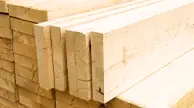
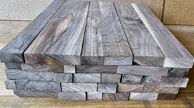
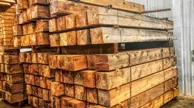
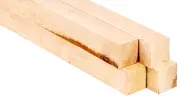








Leave your comment